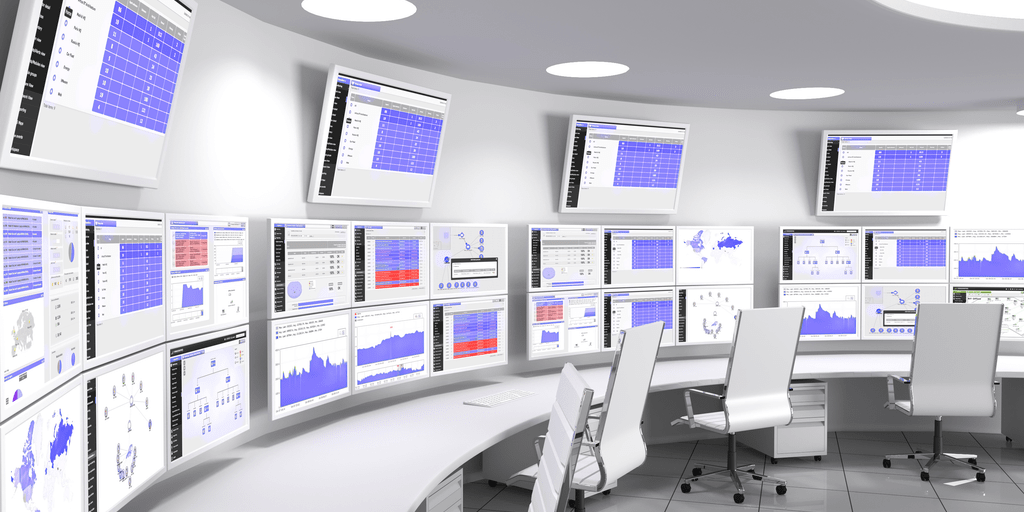What is a SOC Framework?


In the age of the digital world, owning a Security Operations Center (SOC) is vital for the cybersecurity of every organization. However, it is not necessarily true that every SOC is effective against cyber threats and attacks. The main reason behind this fact is a lack of standardized SOC frameworks. SOC framework requires a document to be designed to provide guidelines, requirements, and specifications in order to support cybersecurity operations effectively.
The Open Web Application Security Project (OWASP) has introduced the SOC framework for organizations to respond to cybersecurity incidents using effective technical controls such as Security Information and Events Management (SIEM) systems, and organizational controls like processes, and other human elements. In addition to responding to cybersecurity incidents, other main objectives of SOC include making an organization resilient to future attacks; providing effective reporting mechanisms and allowing for timely detection of threats.
To establish a strong SOC framework, an organization must:
Having a strategy involving key stakeholders as well as executives will allow for a framework that achieves both the purpose of SOC and certain goals of the business. The strategy should also consist of adequate resources for technology, expertise from key professionals and scope for vulnerability assessments. Effective communication, as always, is key to allow for transparency throughout.
Once the strategy is established, the infrastructure should be built, comprising of both internal and external threat intelligence tools such as news feeds and vulnerability alerts. Analytical and monitory tools allow for the effective detection of threats. The use of security tools such as firewalls and Intrusive Protective Systems (IPS)/Intrusive Detective System (IDS), should also be included within the infrastructure. Other essential tools will be discussed in the subsequent sections.
The Security Information and Event Management (SIEM) tool is known to be extremely effective for monitory purposes as it provides real-time analysis of security alerts. This in effect, allows for analytics of data, log collection and the facility for reporting security incidents. Due to the exhaustion of resources, it is not out of the ordinary for an organization to maintain two separate SIEM solutions: one solution for data security and another for compliance with legislation.
SIEM is no more used as a stand-alone tool and is sometimes combined with others for stronger security control. To this end, security practitioners prefer Security Orchestration, Automation and Response (SOAR) platform. This technology automates the collection of security data and responds to it accordingly. It speeds up incident responses by remediating vulnerabilities. SOAR is becoming more common for organizations to integrate with SIEM because of the automation feature.
SOAR, as per Gartner, is the collection of multiple technologies that allow companies to gather data and security alerts from disparate sources (in most cases from SIEM). Organizations can carry out threat analysis and remediation by employing both machines and manpower together.
The role of SOAR is indispensable in SOC. Today, the cybersecurity skills gap is growing tremendously and SOAR has a significant role in filling this gap due to its automation feature. SOAR minimizes the need for security professionals by automating various mundane and manual tasks. Therefore, SOAR is an important security ingredient in the SOC framework.
In addition to cybersecurity solutions and technologies, a successful SOC framework also relies heavily on security professionals who make up the team, such as Computer Security Incident Response Team (CSIRT). Key members of a SOC team include:
Complying with regulatory standards is a must for every type of organization to avoid penalties and fines. Compliance auditor ensures that necessary measures are being taken place to meet compliance standards such as the General Data Protection Regulation (GDPR).
Security analysts are responsible for detecting, analyzing and responding to cyber incidents. They also deal with real-time triage of alerts.
Incident responders conduct the Incident Response Plans, initial evaluations, and threat analysis of security alerts. Whereas, forensic investigators analyze incidents by collecting intelligence, evidence, and other information related to threats.
They are high-level executives who lead SOC teams, manage them, and help determine the cybersecurity budgets.
Conclusion
To make SOC effective, following a SOC framework is necessary. Though there is a lack of SOC frameworks, in this article, we have learned the best SOC framework that constitutes a reliable SOC. This framework incorporates some tools and technologies along with security professionals who run the SOC.
Do you have concerns about the cybersecurity of your company? Are you not comfortable with the current security posture of your company? Logsign provides next-generation SIEM and Security Orchestration, Automation and Response (SOAR) platforms for enterprises all across the world.